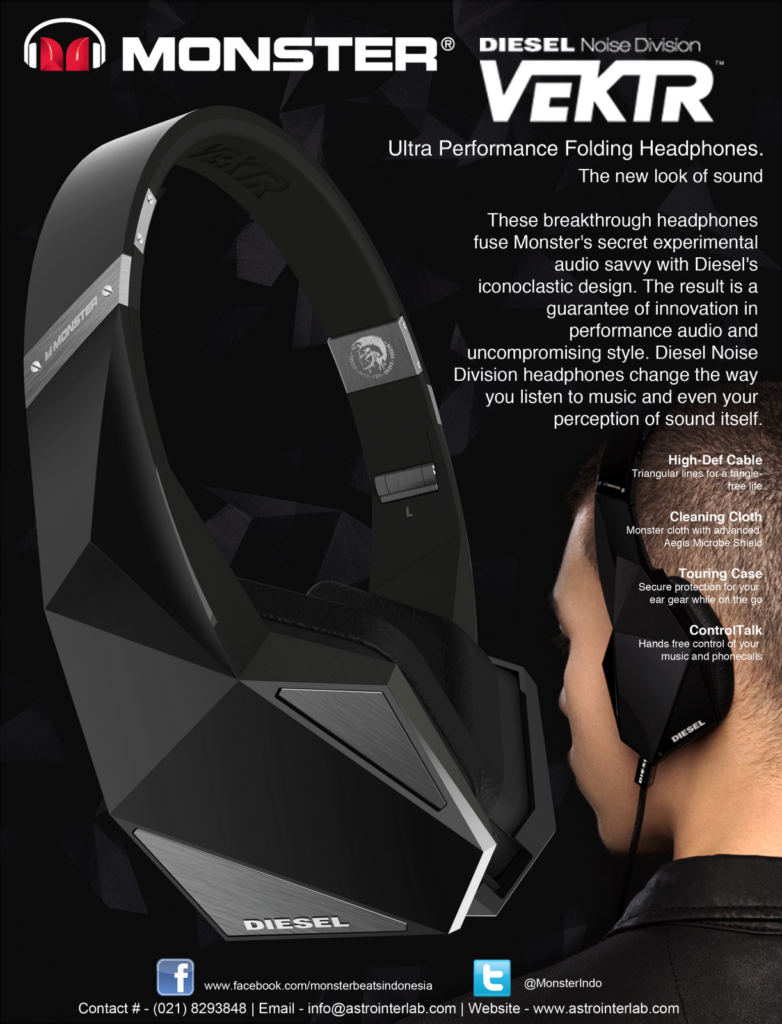
What is a Radar Detector?
Speeding is a normal part of daily life. This law bending is commonly accepted that there is even specialized electronic equipment to help drivers get away with it.
The idea of measuring vehicle speed with radar is very simple. A basic speed gun is just a radio transmitter and receiver combined into one unit. A radio transmitter is a device that oscillates an electrical current so the voltage goes up and down at a certain frequency. This electricity produces electromagnetic energy, and when the current is oscillated, the energy transmits through the air as an electromagnetic wave.
Radar can also be used to measure the speed of an object, with the use of Doppler shift. Like sound waves, radio waves have a certain frequency, the number of oscillations per unit of time. When the radar gun and the car are both standing still, the echo will have the same wave frequency as the original signal. Each part of the signal is reflected when it reaches the car, mirroring the original signal exactly.
Radar detectors can be loosely defined into three technologies.
The first technology is basically used in commodity detectors. Commodity detectors are those that are designed with the cheapest components and the cheapest labor in order to offer you a very, very low price. These detectors have a very low reliability, a very high false alarm rate and are virtually useless. The problem is that many people are convinced by the low price and the technology claims that are written on the box.
The next technology uses higher quality components, a strict engineering design and good manufacturing techniques. These detectors vary widely in performance but are the most common that you find above $200.
The last technology makes use of the most advanced electronics that are fairly expensive to design and produce. These offer the best performance with the least compromise that are available on the market. They are more expensive but if one needs the performance, well worth the price.
The high-level performance detectors have exactly the same issue. They are even more sensitive with greater range than the low performance market and as a result are more susceptible to electronic interference. To remove the false alarm rate from these units takes another level of engineering and design. This was a great marketing move-it allowed them to convert irritation into information since they were unable to solve the false alarm problem. It is important to prevent giving false alarms should drive their vehicle passed supermarkets and department stores without getting any kind of alert unless there is actually police radar in operation in the area.…

